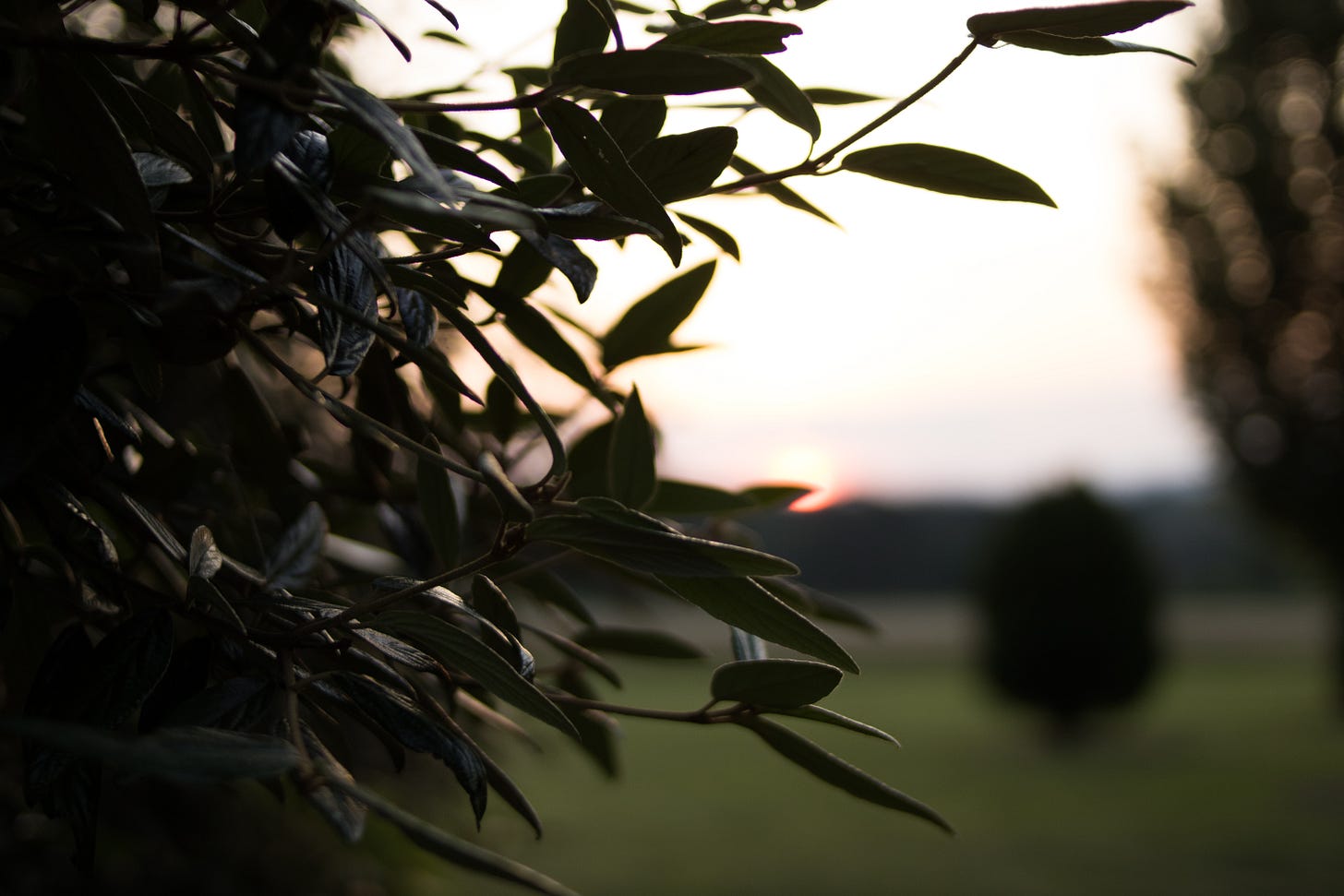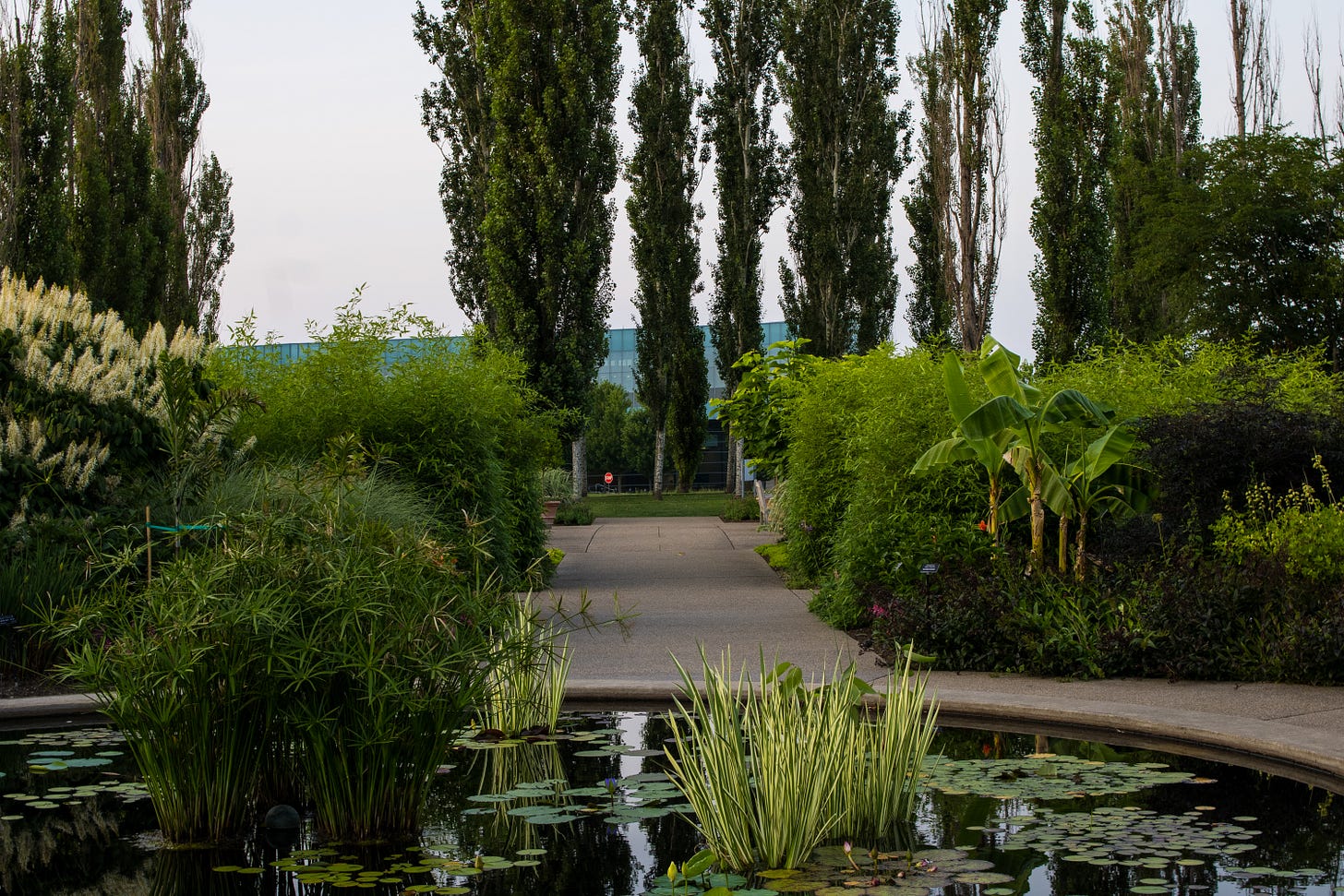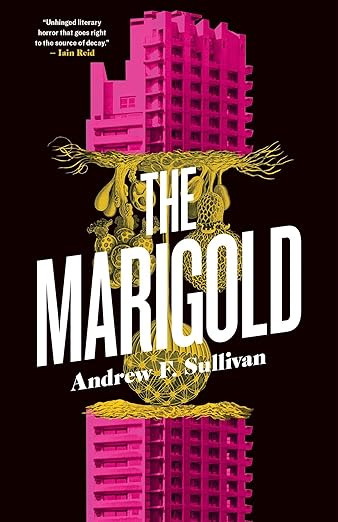The Eco-Update #16
Dispatches from the planet.
In This Issue
Are dead trees the most important trees in the forest?
The Myth of Blue Carbon Seaweed
Eco-Stories In the News
Something You Can Do: Help an LA Metro bus driver get his job back
Eco-fiction Review: The Marigold by Andrew F. Sullivan
The Ecological Landscape (paid subscribers)
Are dead trees the most important trees in the forest?
Obviously the answer here is no, because a forest of all dead trees would be no forest at all. But, a couple of recent studies shed light on just how important retaining dead trees is to maintaining forest biodiversity.
The first study, a meta-review published in Forest Ecology and Management, found that the volume of deadwood in a forest-as well as the quality, type, and diversity of the deadwood-was strongly, positively, and consistently associated with multiple measures of biodiversity across multiple taxonomic groups.
This is particularly interesting in the context of their other results, which indicate that other measures of forest structure like tree diversity and habitat quantity were much more inconsistently associated with biodiversity metrics among bird, insect, fungi, and lichen groups. Not that they weren't important, but different species have many different habitat requirements, but deadwood seems to be universal, as well as the presence of old trees.
The second study (also published in Forest Ecology and Management) found that in forests that were clearcut, retaining stubs or snags increased small mammal diversity compared to forests that were clearcut without retaining stubs. Stubs, or snags, are dead tree trunks with missing tops which enhance biodiversity by providing habitat for small mammals and cavity nesting birds.
In combination, these studies reveal how important the presence of deadwood is to forest biodiversity. But it's not a silver bullet. Keeping forests intact is key to preserving the biodiversity they contain, and doing so requires addressing the economic forces of capitalism that continue to drive environmental degradation globally.
The Myth of Blue Carbon Seaweed
Another day, another carbon market. As climate change continues more or less unabated, capitalism continues to try to have its cake and eat it too. This time they're trying to monetize fast-growing seaweed as part of larger initiative of ocean-based (i.e. "blue") carbon markets.
Despite financiers frothing at all that blue-green growth, a new paper in Phycological Research throws cold water (sorry) on that idea. The article is a collection of opinions from marine phycologists (algae experts) about the viability of generating carbon credits from seaweed. All authors who contributed to the piece agree that the potential is overestimated.
Among the limitations the scientists highlighted:
Most farmed seaweed is used for products that quickly decompose
A small percentage of seaweed biomass is sequestered in sediments
Seaweed carbon monitoring and verification tools are currently lacking
Farming and processing may offset any carbon sequestration gains
This isn't to say there's no carbon storage benefits to seaweed at all. Using seaweed in animal feed, plastics, cosmetics, and protein supplements could reduce the associated carbon emissions considerably.
Monetizing the growth of seaweed via carbon credits, however, is unlikely to yield any tangible climate change benefits whatsoever.
Eco-Stories In The News
Israel destroyed 10,000 Palestinian olive trees amid its ongoing genocide
ICE arrested firefighters working on an active wildfire in Washington
Are you enjoying Brief Ecology? A paid subscription gets you access to even more science journalism. And it’s 25% off for the next 24 hours at this link. Don’t miss out!
Something You Can Do: 🔗Help an LA Metro bus driver get his job back
From DSA-LA: A Metro Bus Operator, and DSA-LA Comrade, Sean Broadbent was recently fired because of a statement he made to the press about the ongoing presence of ICE in Los Angeles. He was an upstanding employee with a spotless record who spoke about his commitment to keeping riders safe, if he were to encounter ICE on his route You can read more, here.
You can take action by sending pre-written emails to Metro demanding that they rehire Sean. Even if you're not in LA, every bit of pressure helps. Here's a link to send an email 👇
Eco-fiction Review: The Marigold by Andrew F. Sullivan
The landlords have unearthed something terrible in Toronto. Andrew F. Sullivan's novel, The Marigold, is a moldy condemnation of the rot that sits at the heart of urban capitalism.
In The Marigold's near-future Toronto, wealth inequality skyrockets in tandem with the city's skyscrapers that are built by a macabre, capitalist cult. Each new tower of suites demands a sacrifice to the gods of growth, but in their lust the cult unleashes a new kind of growth from underground. Or perhaps the growth wasn't so much unleashed as it was summoned by the quest for unceasing profits built on the literal backs of city's residents.
Sullivan blends a literary prose with a pulpy plot. The result is a layered (if overly long, at times) view of how capitalism exploits tenants, gig workers, the homeless, and even the land itself, until there's no part of the city the rot hasn't touched. Sullivan brilliantly reveals how the conspiracy of capitalism is no conspiracy at all, operating in broad daylight and co-opting everyone into its spread just to survive.
The Marigold has horror, sci-fi, metaphor, satire, and a fungus-filled critique of modern capitalism. It's absolutely worth a read.
The Ecological Landscape
Keep reading with a 7-day free trial
Subscribe to Brief Ecology to keep reading this post and get 7 days of free access to the full post archives.








